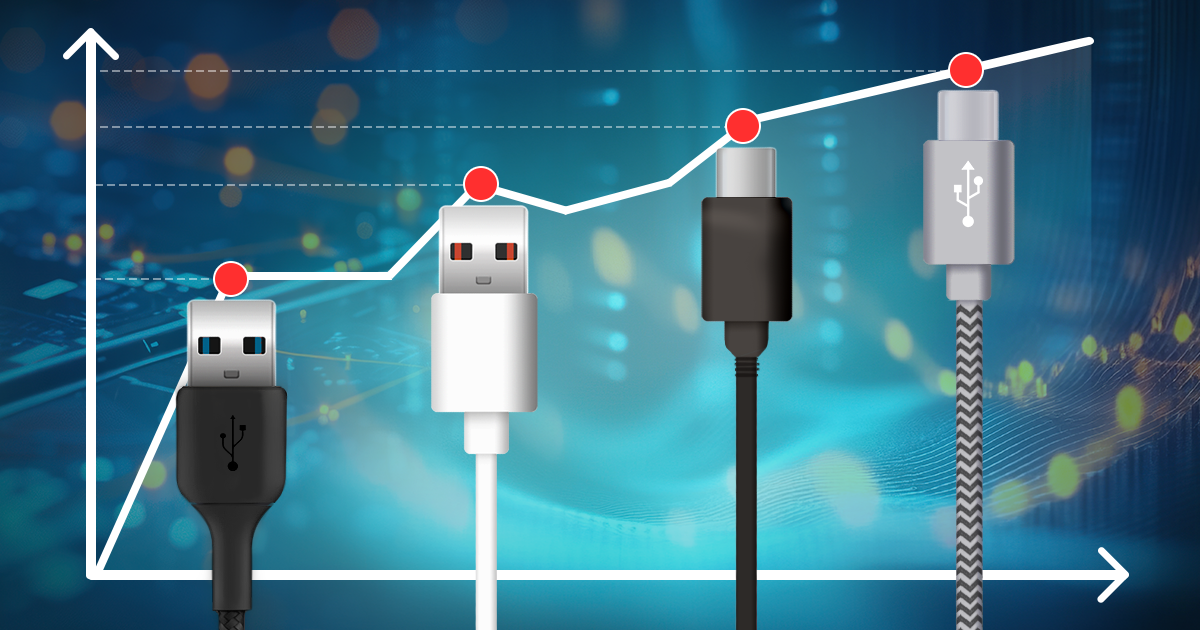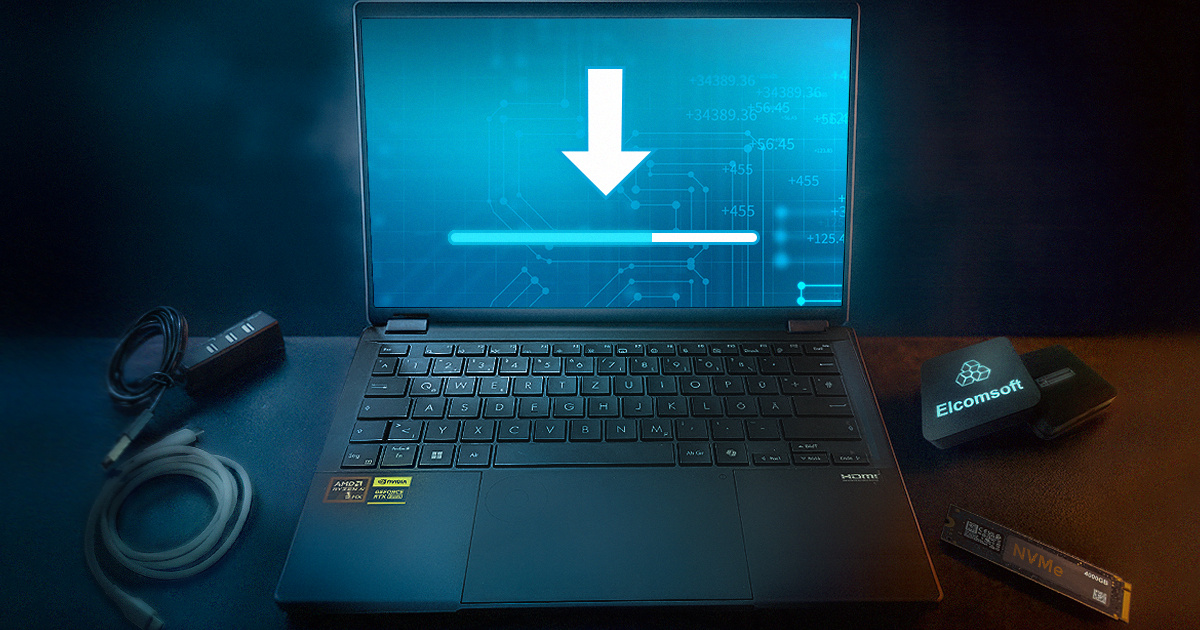If you are doing Apple Watch forensics, I’ve got some bad news for you. The latest model of Apple Watch, the Series 7, does not have a hidden diagnostics port anymore, which was replaced with a wireless 60.5GHz module (and the corresponding dock, which is nowhere to be found). What does that mean for the mobile forensics, and does it make the extraction more difficult? Let’s shed some light on it.
iOS security model offers very are few possibilities to recover anything unless you have a backup, either local or one from the cloud. There are also tricks allowing to recover some bits and pieces even if you don’t. In this article we’ll talk about what you can and what you cannot recover in modern iOS devices.
Switching the iPhone into DFU mode is frequently required during the investigation, especially for older devices that are susceptible to checkm8 exploit. However, switching to DFU requires a sequence of key presses on the device with precise timings. If the device is damaged and one or more keys are not working correctly, entering DFU may be difficult or impossible. In this guide, we offer an alternative.
In just a few weeks, the new iPhone range will be released. Millions of users all over the world will upgrade, migrating their data from old devices. While Apple has an ingenious backup system in place, it has quite a few things behind the scenes that can make the migration not go as smooth as planned. How do you do the migration properly not to lose anything?
How do you extract an Apple Watch? While several extraction methods are available, you need an adapter if you want to get the data directly from the device. There are several different options available on the market, some of them costing north of $200. We tested a large number of such adapters. How do they stand to the marketing claims? In this article, I will share my experience with these adapters.
While we are still working on the new version of Elcomsoft iOS Forensic Toolkit featuring forensically sound and nearly 100% compatible checkm8 extraction, an intermediate update is available with two minor yet important improvements. The update makes it easier to install the tool on macOS computers, and introduces a new agent extraction option.
The previous publication talks about the basics of using the bootloader-level exploit for extracting iOS devices. In this article, we are posting a comprehensive step-by-step guide of using the new checkm8 capability of iOS Forensic Toolkit for performing forensically sound extractions of a range of Apple devices.
In older iPhones, the ‘file system dirty’ flag indicates unclean device shutdown, which affects the ability to perform bootloader-level extractions of Apple devices running legacy versions of iOS (prior to iOS 10.3 released in March 2017). As such, the “file system dirty” flag must be cleared before the extraction. In this article we discuss the very different forensic implications of this flag if it is set on the Data or System partitions.
Have an iPhone backup but cannot get around the password protection? I have a story to share. I was recently contacted by an old partner from the other side of the world who asked for assistance in an urgent case. He had an iTunes-style backup of a device full of critical evidence, but the password locked him out of the data.
iOS Forensic Toolkit 7.0 brings low-level extraction support for the latest generation of Apple devices. This includes the entire range of iPhone 12 models as well as all other devices capable of running iOS 14.0 to 14.3. Learn how to image the latest iPhone models without a jailbreak.


